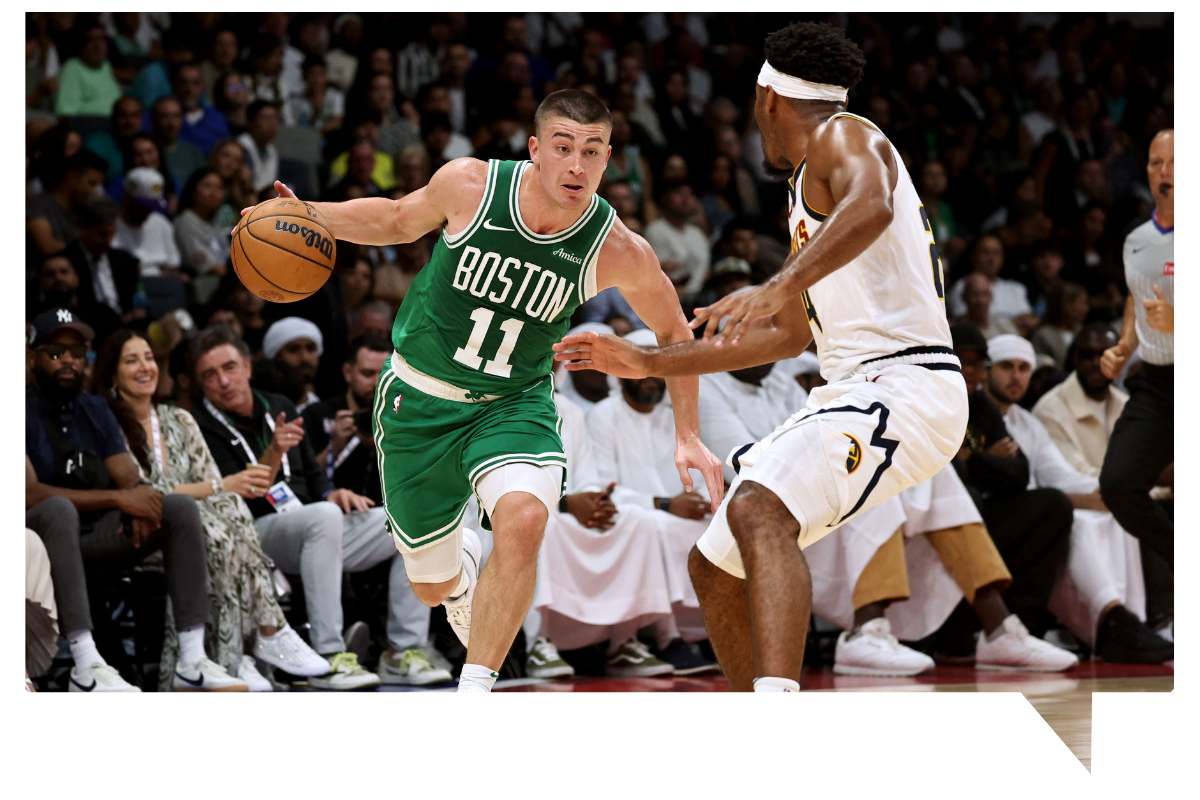just in: A dilemma for coaching
In modern sports, coaches face an increasing dilemma between prioritizing player development and focusing on winning games. This balancing act is especially pronounced in leagues where younger athletes are emerging as key players. For instance, NBA and NFL coaches often struggle to decide whether to allocate playing time to rookies or rely on seasoned players to secure victories. This approach is pivotal not only in developing players’ confidence and experience but also in aligning with a team’s long-term vision.
One side of the dilemma is the immediate need to win. For teams under pressure to deliver results or meet playoff expectations, coaches may lean toward veterans who offer consistency and experience. This approach can appease fans and management in the short term, yet risks limiting the growth of younger players. With high-stakes games and intense schedules, it can feel safer to stick with known quantities, even if that choice sidelines emerging talent. In leagues like the NBA, where every game counts toward postseason hopes, coaches may prioritize their most reliable athletes.
/cdn.vox-cdn.com/uploads/chorus_asset/file/19872768/usa_today_13655938.jpg)
On the other hand, a focus on development means giving more time and responsibility to young players, even if it might cost the team wins. Coaches may choose to endure short-term losses in favor of cultivating young talent, especially if their franchise is in a rebuilding phase. This approach is critical for teams aiming to create future stars and lasting competitive rosters. However, it often requires patience and tolerance for mistakes, which can be challenging when a team is under pressure to show results.
The dilemma is more pronounced in high-pressure environments with fan expectations and demanding schedules. Ultimately, the ideal coaching strategy varies, but many are finding ways to integrate both approaches: creating “developmental minutes” for young players in low-stakes situations while leveraging their veterans in crucial game moments. Balancing these priorities is the crux of modern coaching in today’s competitive sports landscape.









